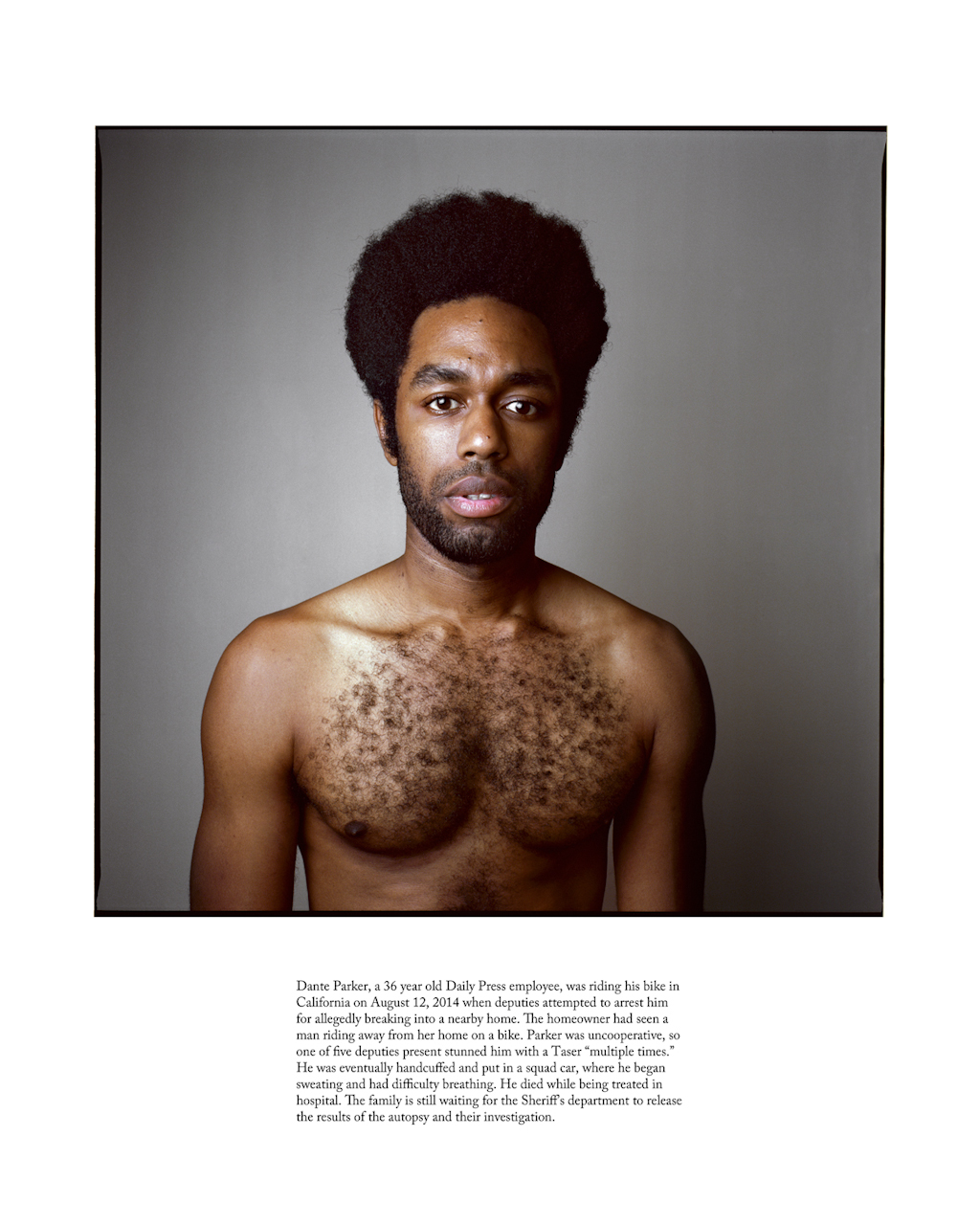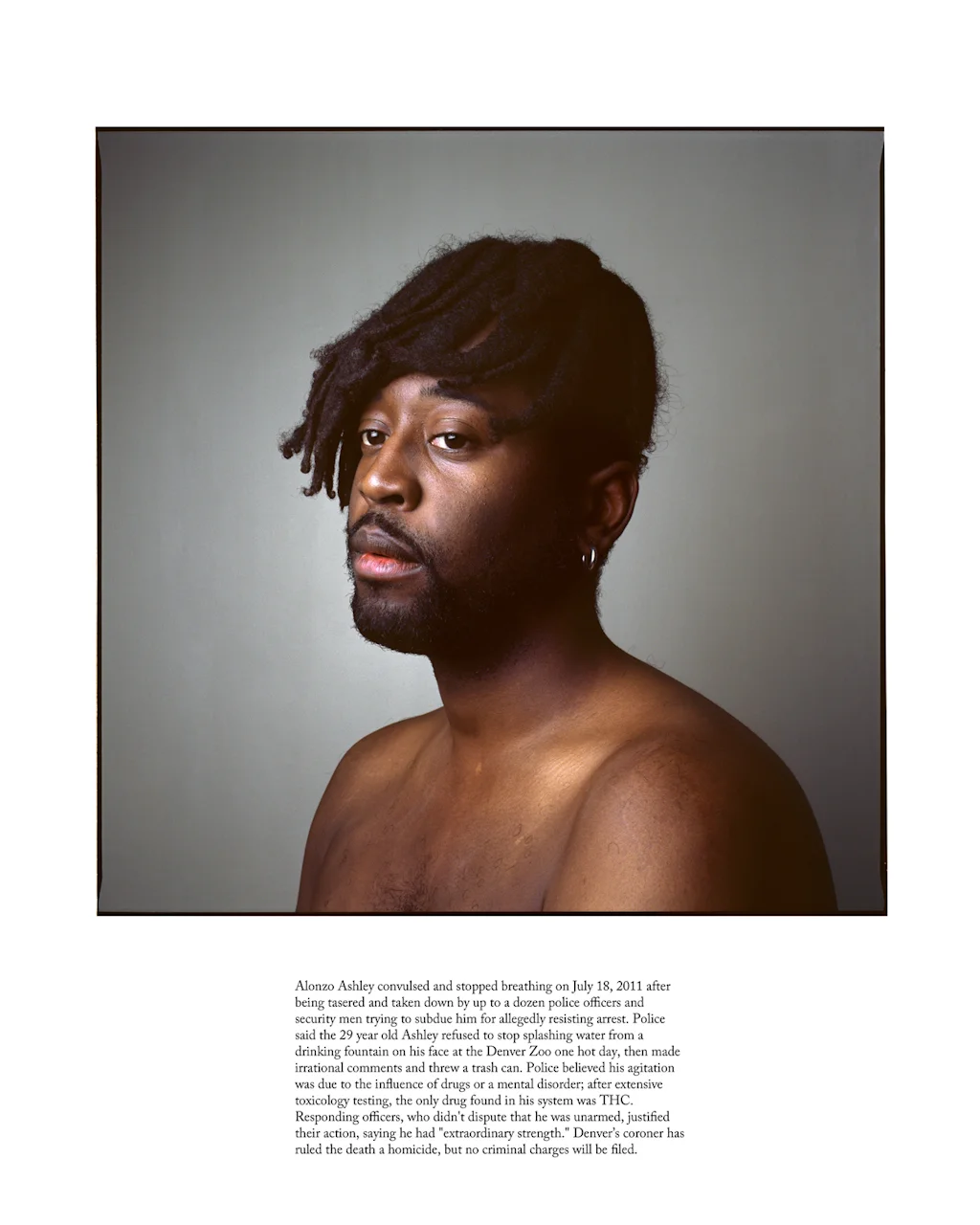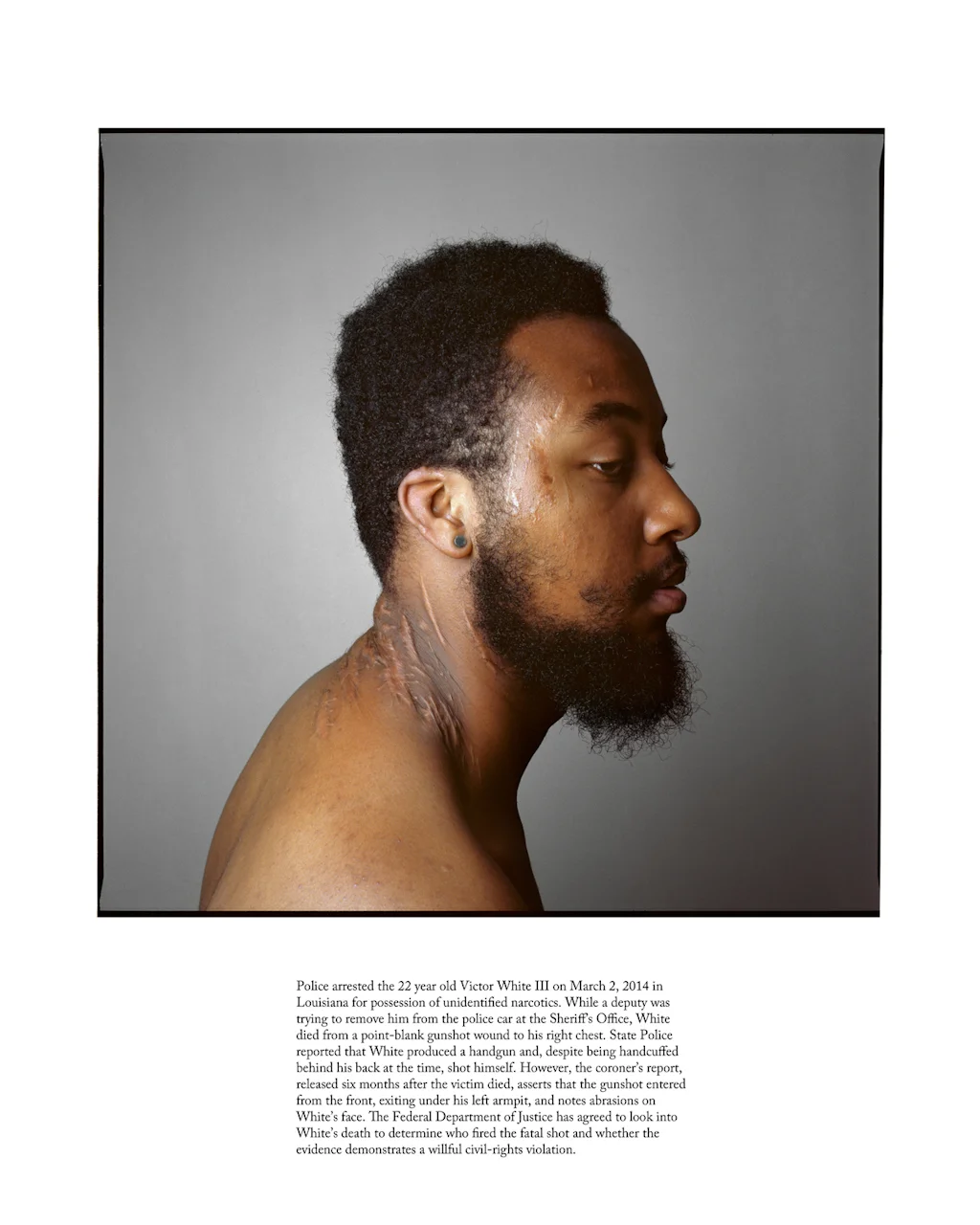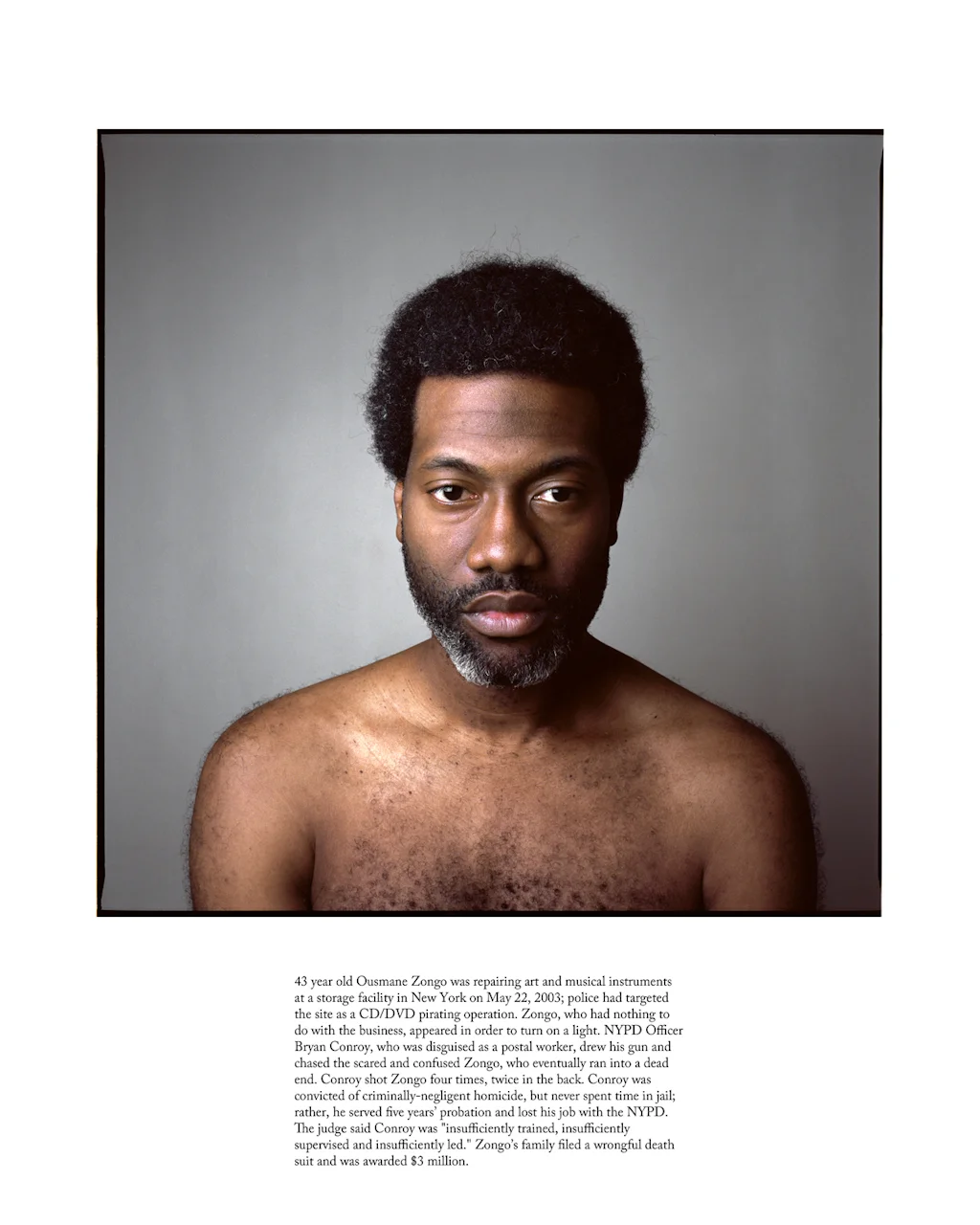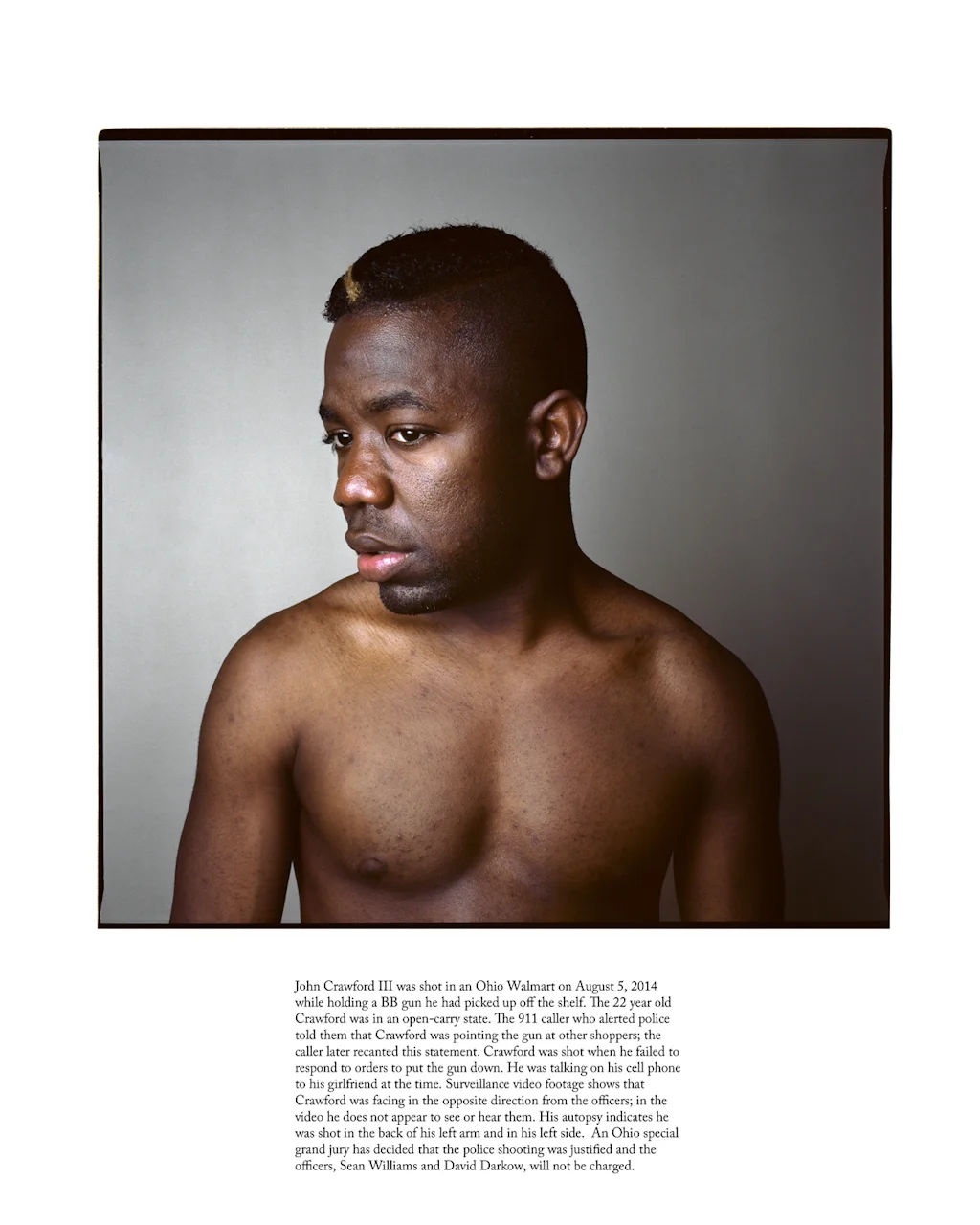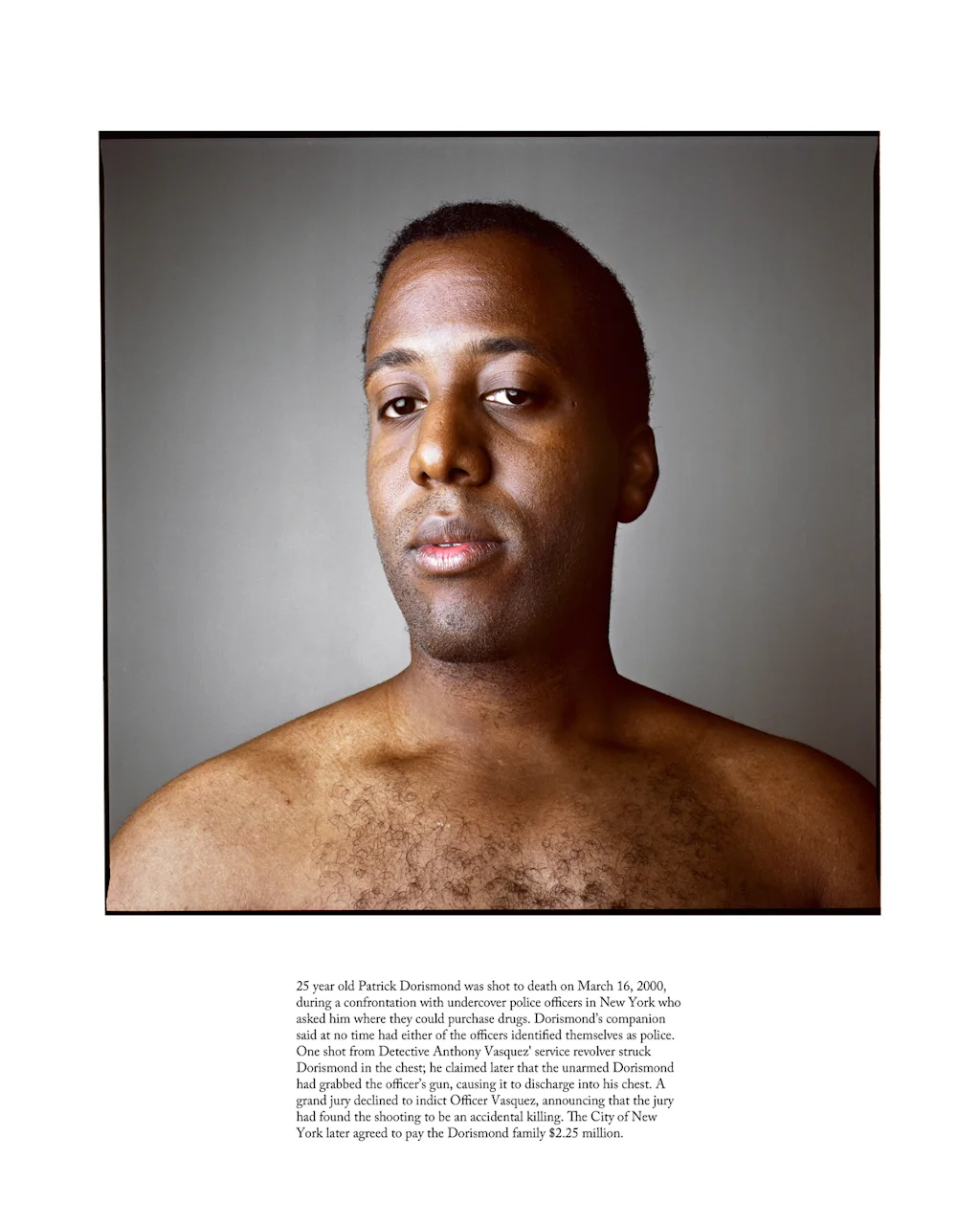I have become immensely frustrated and fatigued by our society, one in which unarmed black men are executed, apropos of nothing, often by police officers or other authority figures who are ultimately not held accountable for their actions. A society where this can occur is one that is sick, festering in fear, hatred, and racism. The whole value of a life seems to come under question when skin colour is added to the mix.
In this situation, I feel helpless and far too distant geographically, racially, and socio-politically to make a real impact. However, I am determined to stimulate conversation about this complex and incredibly sensitive issue, one that is much closer to home than we often realize. The father of Trayvon Martin, an unarmed teen shot in 2012, recently said “...We have a real issue with discussing race. No one wants to discuss those issues. We understand that racism is alive and well, and we just have to be able to sit down at the dinner table at the end of the day and discuss these issues.” Racism must be confronted face-to-face, its evil no longer swept under the rug and left to infect and corrupt but instead torn up at the roots and examined by individuals and communities alike. We must work together to implement safe, non-threatening environments where police officers do in fact protect and serve rather than harass and threaten, and all races are targeted equally in the enforcement of law. I truly believe that art can stand as an extremely powerful tool to stimulate discourse on this topic.
This project pairs portrait photographs of men who identify as black with the names and stories of black men, unarmed at the time of their death, who have been killed in the United States of America in the past fifteen years. Once models expressed interest in participating, they were sent several victims' names to whom they were close in age in order to choose the story that was the most powerful for them. Each portrait thus became a collaborative project, the artist working alongside the model to create something bigger than photographer and subject. Each photograph stands in for a life lost, but also the lives that remain. This project is an attempt to hold a mirror up to society and the utterly tragic state of affairs in which it struggles. However, I am convinced that hope still remains if we begin to understand and put into practice a local, national, and international discourse on the problem of racism.
In previous bodies of work, I have explored the premise of beauty. In this body of work, I hope to use beauty as a tool to represent humanity in the individual, as well as a means to accessing compassion, acceptance, and understanding. These images are mournful in their role as memento mori. Yet they are also hopeful, in that they present the names of those who have lived; these images can stand in as representations of a less bloody future, one in which races can co-exist peacefully and skin colour is not a crime.


